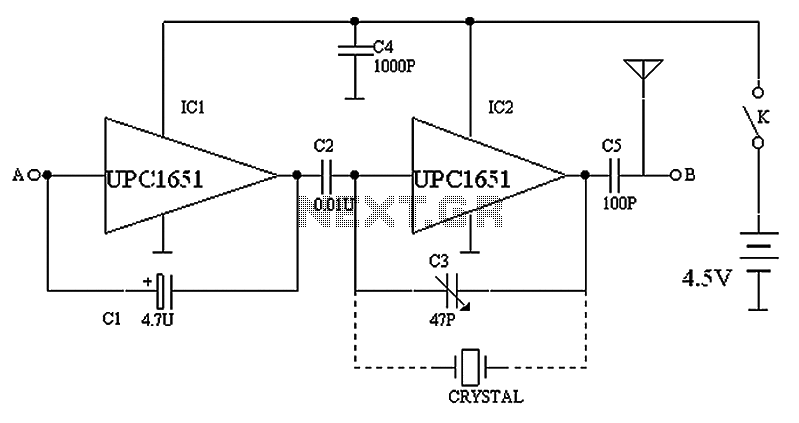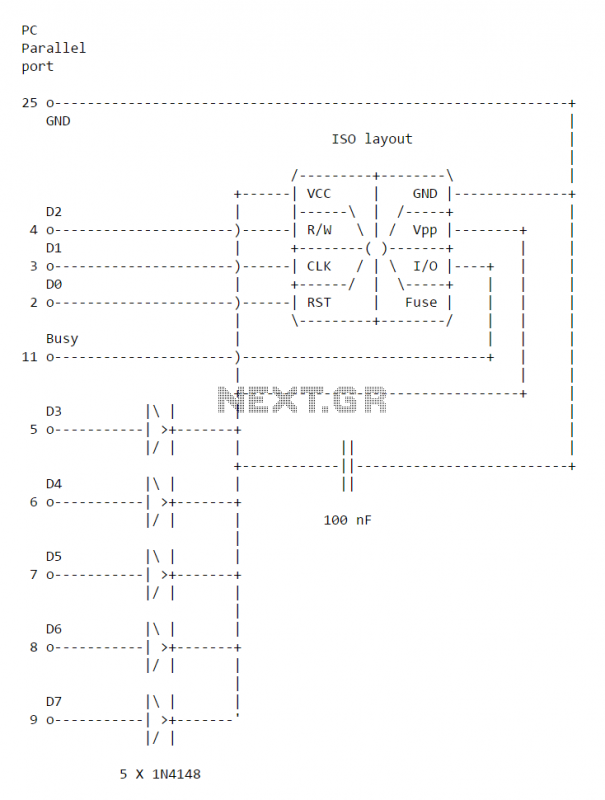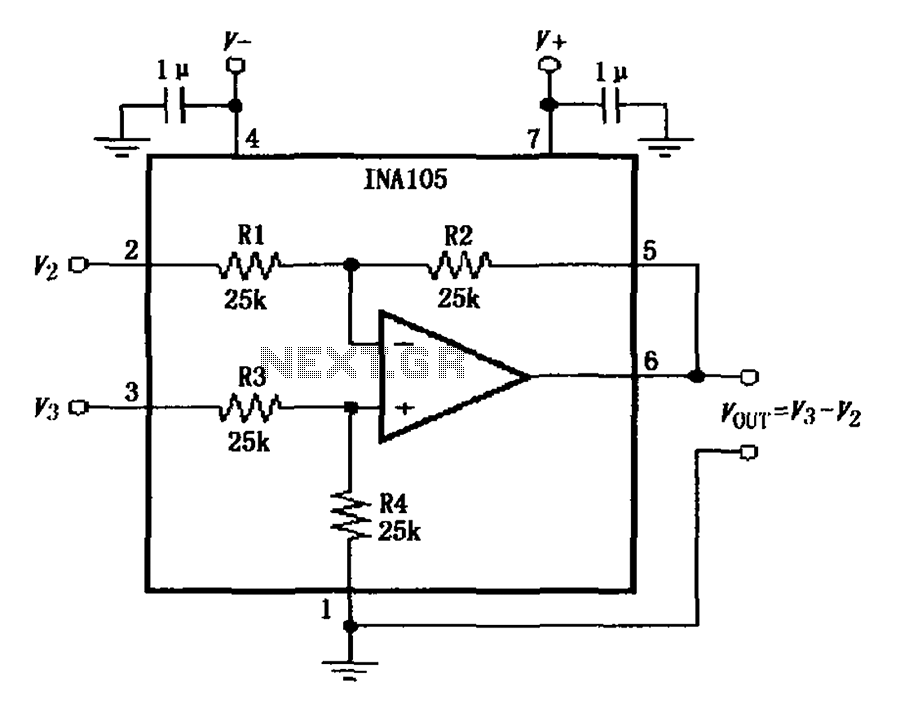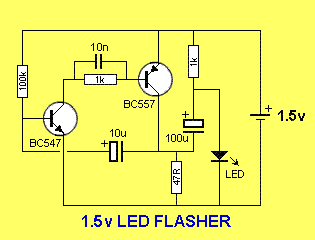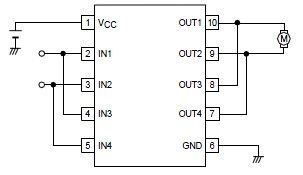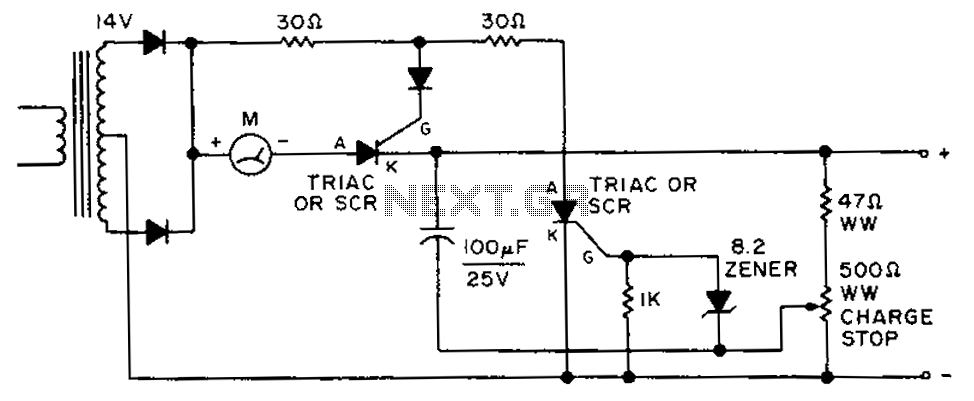
Simple TV Transmitter circuit diagram (VHF)
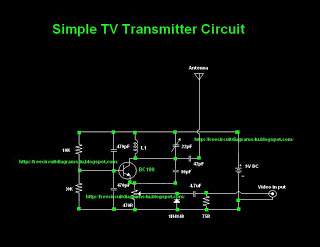
Many individuals inquire about TV transmitters. This document provides a useful circuit diagram that enables signal transmission over distances of 75 to 100 meters. The circuit diagram is not original but was provided by a colleague. Contributions of circuit diagrams from others are welcome for publication on our website. In this circuit, a common transistor, the BC 108, is utilized. If the BC 108 is unavailable, equivalent transistors such as BC337, 2N2222, or BC546 can be used. For the inductor L1, six turns of #24 enameled wire should be wound on a 10mm air former for frequencies between 60 and 80 MHz. For frequencies between 150 and 180 MHz, four turns should be wound, and for frequencies between 180 and 200 MHz, two turns should be wound.
The circuit diagram described facilitates the transmission of television signals over moderate distances, making it suitable for various applications, such as local broadcasting or experimental setups. The choice of the BC 108 transistor is critical for achieving optimal performance, as it can handle the required frequency range and provide adequate amplification.
When constructing the inductor L1, the specifications regarding the number of turns and wire gauge are crucial for tuning the circuit to the desired frequency. The use of #24 enameled wire is recommended for its balance between resistance and inductance, which influences the overall efficiency of the transmitter. The air core inductor design allows for a lightweight and compact solution, essential for portable or DIY applications.
For those unable to source the specified transistor, alternatives like the BC337, 2N2222, or BC546 are suitable substitutes, each offering similar electrical characteristics. This flexibility ensures that builders can complete their projects without being hindered by component availability.
In summary, this circuit diagram serves as a practical guide for individuals interested in TV transmission technology, providing essential details on component selection and construction techniques to achieve successful signal transmission.Most of people ask TV transmitters. So Today I`m going to give you a very useful circuit diagram. By using this circuit you can send your signals 75m to 100m. This circuit diagram is not my own circuit one of my friends gave me this. I suppose you guys also can send your own circuit diagrams for us. Then we can publish them through our website. Here The y have used common transistor BC 108 If you are unable to find this transistor you can use equal transistors like Bc337 2n2222 Bc 546 # To make L1 wound 6 turns of #24 enameled wire on a 10mm air former for frequency 60 - 80 MHz For 150 - 180 MHz wound 4 turns and for 180 - 200MHz wound 2 turns. 🔗 External reference
The circuit diagram described facilitates the transmission of television signals over moderate distances, making it suitable for various applications, such as local broadcasting or experimental setups. The choice of the BC 108 transistor is critical for achieving optimal performance, as it can handle the required frequency range and provide adequate amplification.
When constructing the inductor L1, the specifications regarding the number of turns and wire gauge are crucial for tuning the circuit to the desired frequency. The use of #24 enameled wire is recommended for its balance between resistance and inductance, which influences the overall efficiency of the transmitter. The air core inductor design allows for a lightweight and compact solution, essential for portable or DIY applications.
For those unable to source the specified transistor, alternatives like the BC337, 2N2222, or BC546 are suitable substitutes, each offering similar electrical characteristics. This flexibility ensures that builders can complete their projects without being hindered by component availability.
In summary, this circuit diagram serves as a practical guide for individuals interested in TV transmission technology, providing essential details on component selection and construction techniques to achieve successful signal transmission.Most of people ask TV transmitters. So Today I`m going to give you a very useful circuit diagram. By using this circuit you can send your signals 75m to 100m. This circuit diagram is not my own circuit one of my friends gave me this. I suppose you guys also can send your own circuit diagrams for us. Then we can publish them through our website. Here The y have used common transistor BC 108 If you are unable to find this transistor you can use equal transistors like Bc337 2n2222 Bc 546 # To make L1 wound 6 turns of #24 enameled wire on a 10mm air former for frequency 60 - 80 MHz For 150 - 180 MHz wound 4 turns and for 180 - 200MHz wound 2 turns. 🔗 External reference
